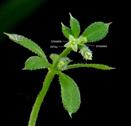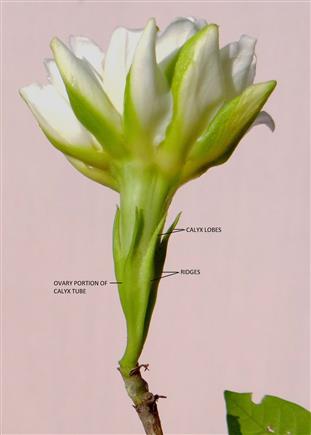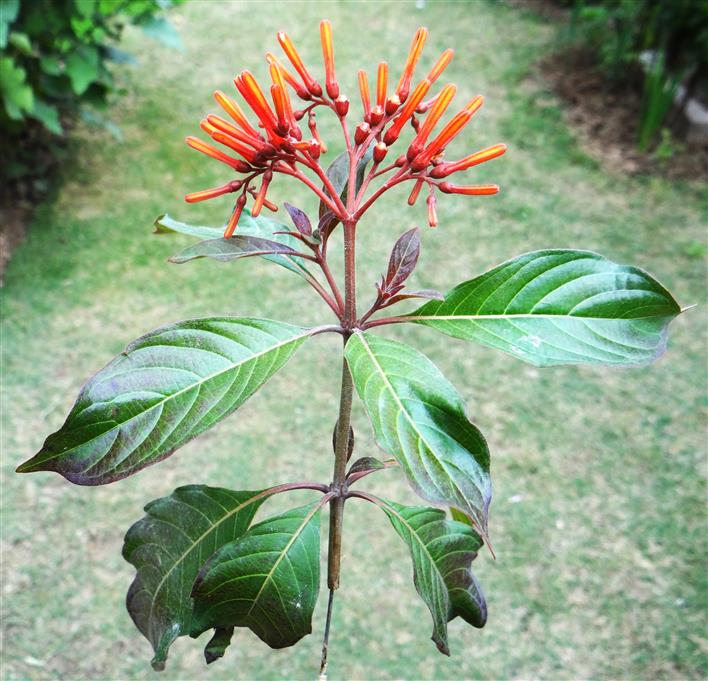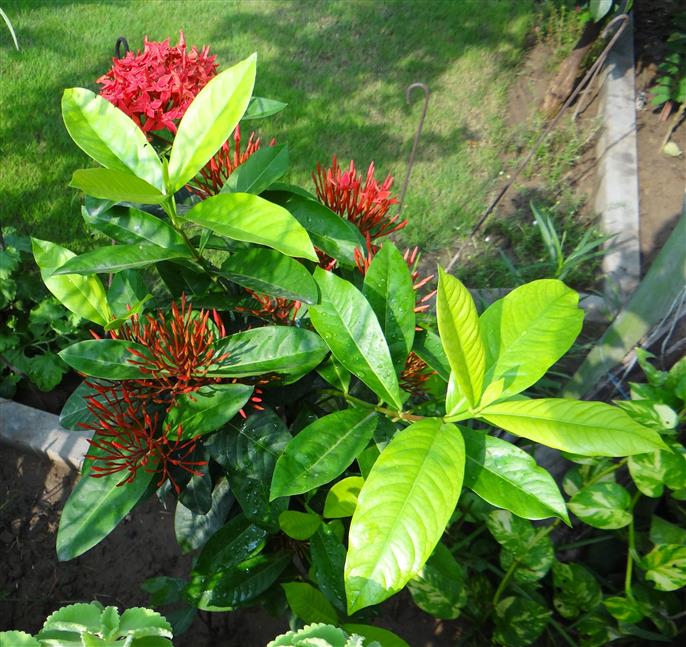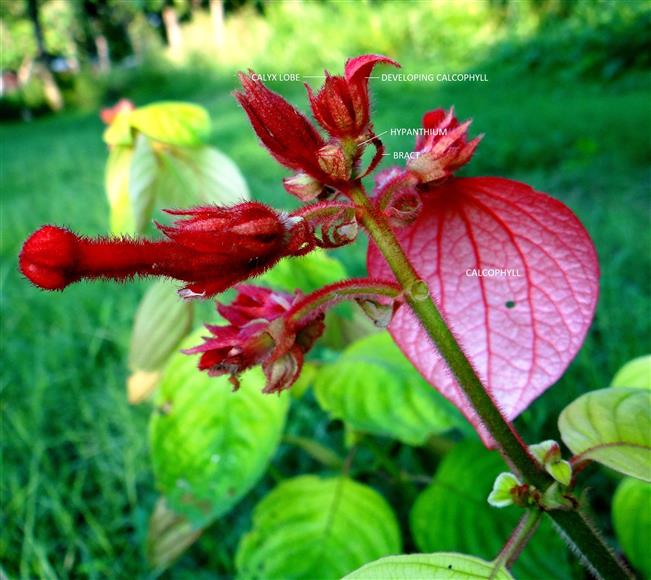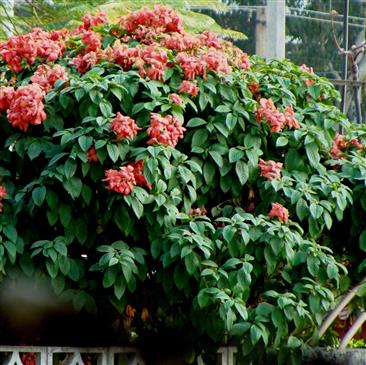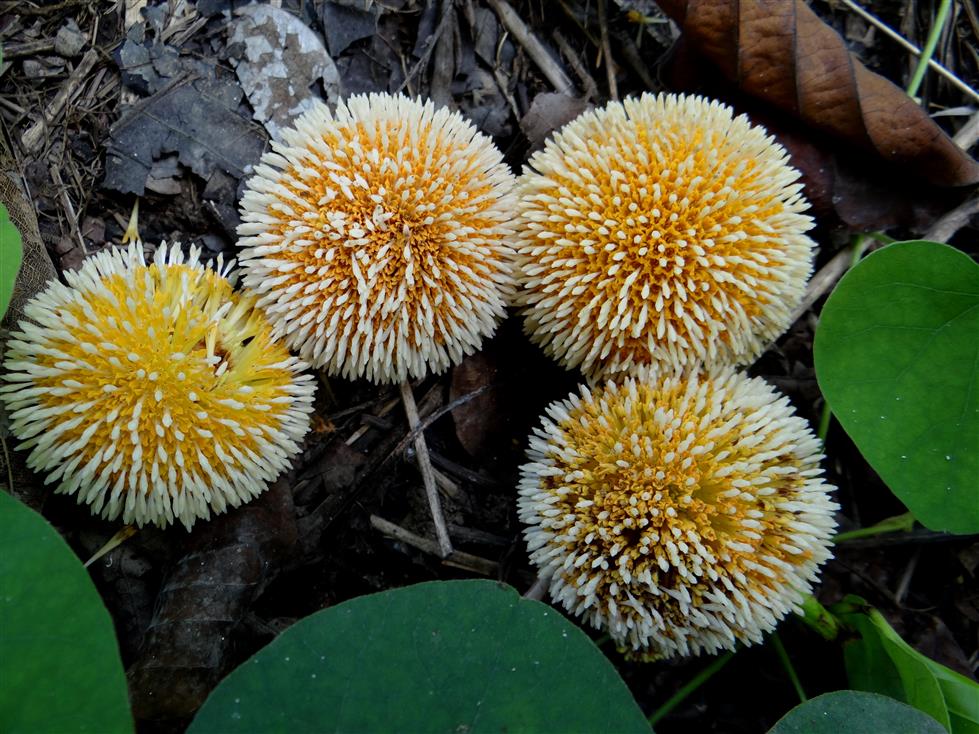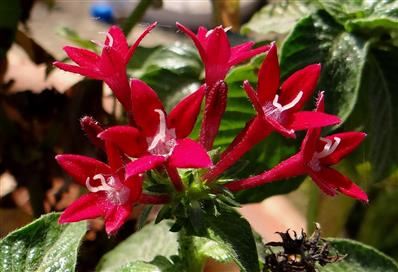RUBIACEAE
Trees, shrubs, climbers; erect, prostrate, or procumbent annual-perennial herbs. Stems cylindrical, quadrangular, mostly unarmed. Raphids often present. Leaves opposite, decussate, less often verticillate, simple, mostly entire, very rarely toothed. Stipules inter- or intrapetiolar, mostly persistent, free or connate and sheathing, sometimes foliage and forming whorls of 4-10 foliage stipules which are sometimes smaller than true leaves, scale-like, or filiform, forming glandular setae. Inflorescence various, mainly different forms of dichasial cymes, thyrsoid, spike or head, corymbose, paniculate or solitary. Flowers bracteate or ebracteate, bisexual, usually actinomorphic, rarely zygomorphic or +/- bilabiate, 4-6-merous, epigynous. Calyx tube (Hypanthium) mostly adnate to ovary, limb (3-) 4-5 (-8)-lobed or toothed, valvate, imbricate or contorted aestivation; calyx enlarged after anthesis; persistent in fruit. Corolla 4-5(-10)-lobed, gamopetalous, funnelform, campanulate or rotate; lobes twisted, valvate- induplicate or rarely imbricate in bud. Stamens generally equalling and alternating with corolla lobes, epipetalous, anthers bithecous, introrse. Disc mostly present; annular or cushion-shaped. Ovary mostly inferior, 2-(3-5) or more-locular, ovules 1-many per loculus; placentation axile or basal or parietal; style simple or branched, homostylous or heterostylous with 2(-3) forms; stigma linear, filiform or capitate or bilobed. Fruit a loculicidal or septicidal capsule, berry or a drupe or of 2 dehiscent or indehiscent cocci or mericarps; rarely syncarps, 1-many seeded. Seeds rarely winged.
611 genera and about 13500 species
